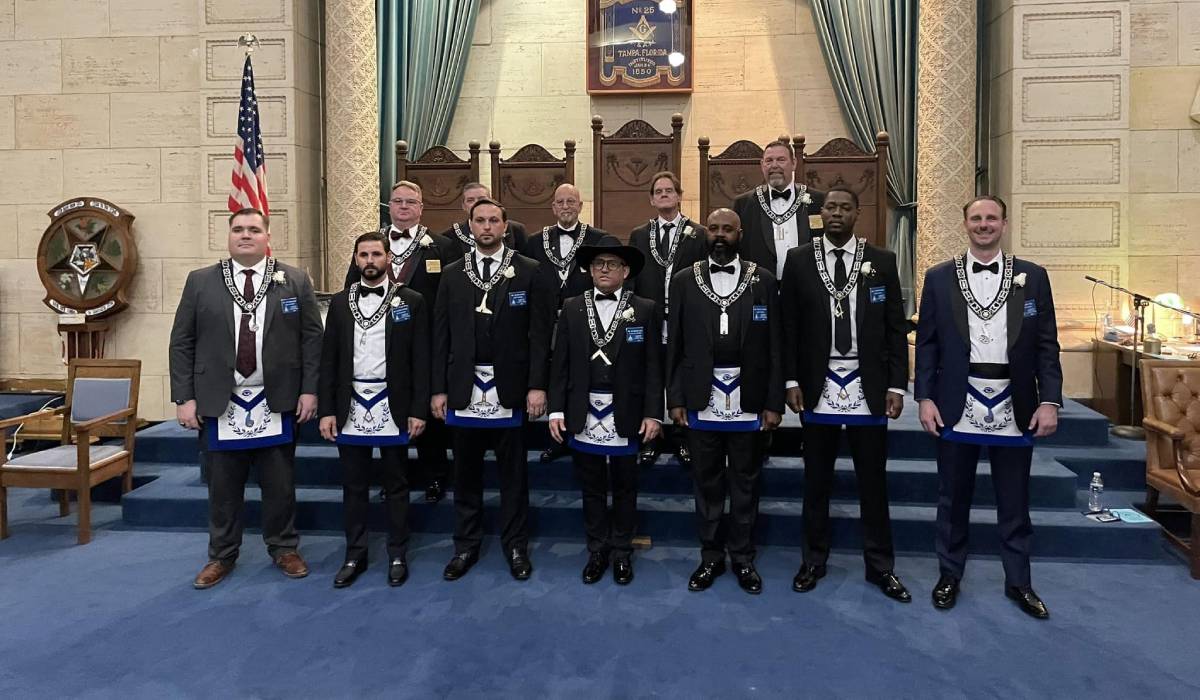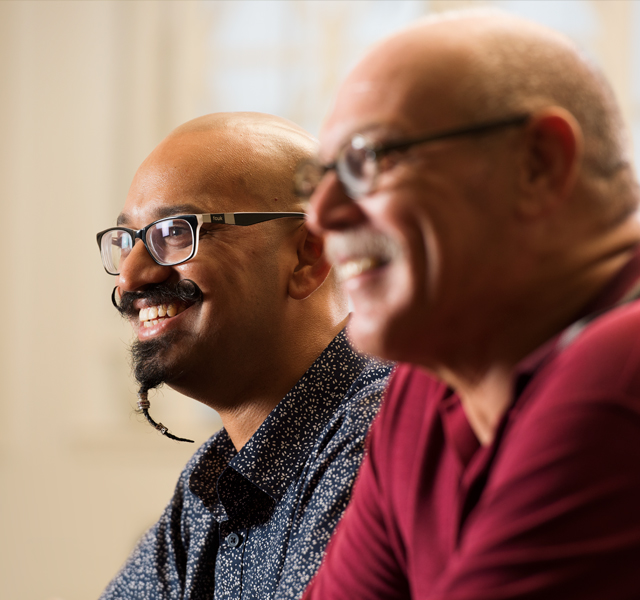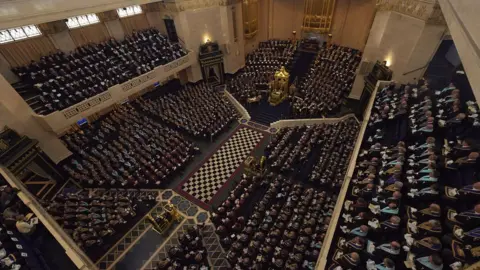Begin with Detailed Instructions on How to Join a Masonic Lodge
Wiki Article
Checking Out the Mysteries of the copyright: What You Need to Know
The copyright, a term typically shrouded in intrigue and controversy, represents a complicated tapestry of historic fact and modern-day myth. Developed in the late 18th century, this secret culture was at first rooted in the Knowledge's ideals however has actually since ended up being synonymous with conspiracy theory concepts regarding elite control. As we browse the origins, key numbers, and the raw comparison between misconception and fact, one have to take into consideration how these narratives influence modern assumptions of power and secrecy. What may be disclosed through a better assessment of these components could challenge long-held assumptions regarding the darkness that stick around in our society.Beginnings of the copyright
The beginnings of the copyright are soaked in a mix of historic intrigue and ideological eagerness. Developed in 1776 in Ingolstadt, Bavaria, by Adam Weishaupt, the team was at first developed as a secret culture focused on promoting Enlightenment suitables such as reason, secularism, and the separation of church and state. join freemason. Weishaupt, a professor of canon law, sought to test the prevailing authority of the church and state, which he viewed as oppressive institutions suppressing intellectual and individual libertyThe copyright looked for to hire prominent participants from different societal industries, including politics, academic community, and the arts, to cultivate a network committed to these Knowledge concepts. The society operated under a veil of privacy, using coded language and routines to safeguard its members from persecution, specifically given the repressive climate of the time. The copyright encountered substantial opposition from both governmental authorities and religious establishments, which checked out the group as a threat to their power.
Trick Figures and Members
Who were the essential figures that formed the copyright's early impact and direction? The Bavarian copyright, founded in 1776 by Adam Weishaupt, arised as a reaction to the overbearing societal frameworks of the time.Another substantial figure was Johann Gottlieb Fichte, a famous thinker whose ideas on nationalism and education resonated with the copyright's goals. Although Fichte was not a formal member, his philosophical bases influenced the group's ideological background. Additionally, numbers like the author and thinker Johann Wolfgang von Goethe were connected with the wider intellectual motions of the moment, although their straight involvement with the copyright stays questioned.
These key numbers added to the copyright's very early instructions, pressing the borders of political and social idea, while their collective efforts intended to test established norms and promote an environment of dynamic change in Europe. (join freemason)
Myths vs. Truth
Numerous false impressions border the copyright, usually mixing reality with fiction in a means that covers its real nature. The idea that the copyright proceeds to put in significant impact over globe occasions is a myth.One more common misconception is that the copyright comprises a network of elite individuals manipulating global events. In truth, numerous conspiracy theory theories exaggerate the group's importance, attributing misguided motives to social fads and occasions. This has actually led to an oversimplified sight of intricate issues.
In addition, the portrayal of the copyright in pop culture often more distorts its heritage. Movies and literature tend to sensationalize the company's role, creating a story that diverges from historical realities. Comprehending the difference in between the myths and the reality of the copyright is important for discerning the genuine effect of this historic group and identifying the broader implications of conspiracy theory concepts in modern culture.

Modern Analyses
Contemporary analyses of the copyright commonly mirror more comprehensive social anxiousness and a fascination with secrecy and power. This modern lens frequently links the copyright with conspiracy theory concepts that suggest a hidden elite orchestrates world occasions, manipulating federal governments and economic situations for their own gain. Such narratives use an ingrained mistrust of authority, particularly in times of crisis or social turmoil.In pop culture, the copyright is usually portrayed as a supreme organization shrouded in mystery, resulting in a myriad of fictional portrayals in literature, film, and music. This portrayal offers not just to captivate but additionally to prompt considered the nature of power and control in contemporary culture. Social media has even more intensified these analyses, permitting for rapid circulation of conspiracy theory theories and creating neighborhoods that share and broaden upon these ideas.
Moreover, some contemporary interpretations frame the copyright as an allegory for the intricacies of globalization and the interconnectedness of influential individuals and organizations. This perspective motivates an important evaluation of how power characteristics operate in today's world, highlighting the balance between transparency and privacy in governance and corporate practices.
Social Influence and Legacy
Influenced by centuries of intrigue, the cultural impact and tradition of the copyright extend much beyond its historical beginnings. This secret culture, established in the late 18th century, has permeated numerous aspects of preferred culture, from literary works and movie to songs and art. join freemason. The concept of the copyright has actually progressed into a symbol of conspiracy theories, commonly representing a viewed surprise power adjusting international occasionsIn literary works, authors like Dan Brown have actually woven the copyright into intricate stories, fascinating viewers with themes of secrecy and power. Movies such as "National Prize" and "The Da Vinci how to become a freemason Code" further bolster the appeal of the society, blending reality with fiction to develop engaging stories.

Inevitably, the copyright's legacy is a complex tapestry of misconception and truth, forming perceptions of privacy and control in modern discussion. Its enduring presence in culture emphasizes humanity's seasonal pursuit for recognizing hidden facts.

Final Thought
The expedition of the copyright reveals a complicated interplay in between historic truths and modern myth-making. Established in the Enlightenment era, this culture intended to challenge overbearing structures, yet its legacy has actually been outweighed by conspiracy theory theories that suggest elite manipulation. Comprehending the distinctions in between the initial suitables and contemporary interpretations is necessary for understanding the withstanding fascination with the copyright and its significant influence on cultural narratives surrounding power and privacy in culture.Report this wiki page